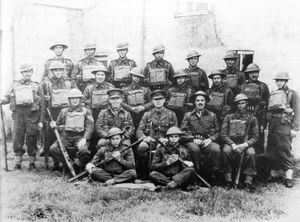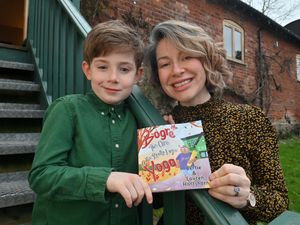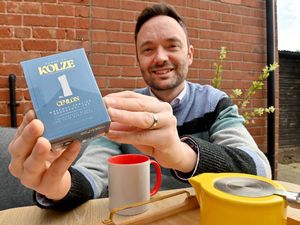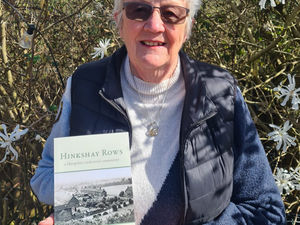Men of Shropshire were 'last out' at Dunkirk
The last regiment to leave Dunkirk was the King's Shropshire Light Infantry – at least that was the claim made by the history of the 1st battalion.

It was compiled after the war, as in the confusion the battalion's war diary had been left in an abandoned lorry near the beach.
"The scene which greeted the KSLI at the harbour was unearthly,” recorded the history.
See also:
“The docks were a mass of twisted metal and shattered walls, dock gates wrecked and jammed so that the basins were open to the tides.
"Cranes were standing drunkenly or lying across the quays, while over all hung a cloud of black smoke from burning warehouses and a tanker lying on the east side of the harbour.”
As the German forces had approached, the Shropshires had formed the rearguard and must have felt they were being sacrificed to allow others to get away, but at the last moment orders were given for them to withdraw.
One of the few battalions to reach the beaches more or less intact, the KSLI men now became split up as they waited for rescue, taking the opportunity to snatch some sleep in the sand dunes. They escaped on a variety of ships, the last on the evening of June 2.
A small detachment of 43 men were left behind. They had been defending an airfield near Dieppe. They withdrew to 250ft cliffs near St Valery-en-Caux, where along with other troops they found a path down the cliffs and were taken off the beach on the morning of June 13.
The army evacuated at Dunkirk left behind vast amounts of equipment, but for the Shropshires that included their symbolic silver bugles which they buried in the face of the oncoming German tide at Geneche, on the French border with Belgium.
In 2003 a garden was dug up in a Time Team-style investigation to try to retrieve them, but sadly it drew a blank.





